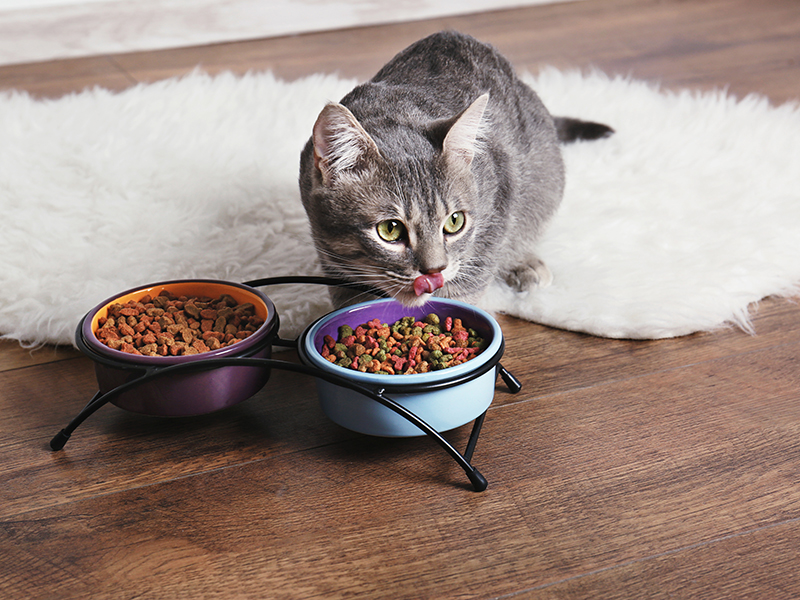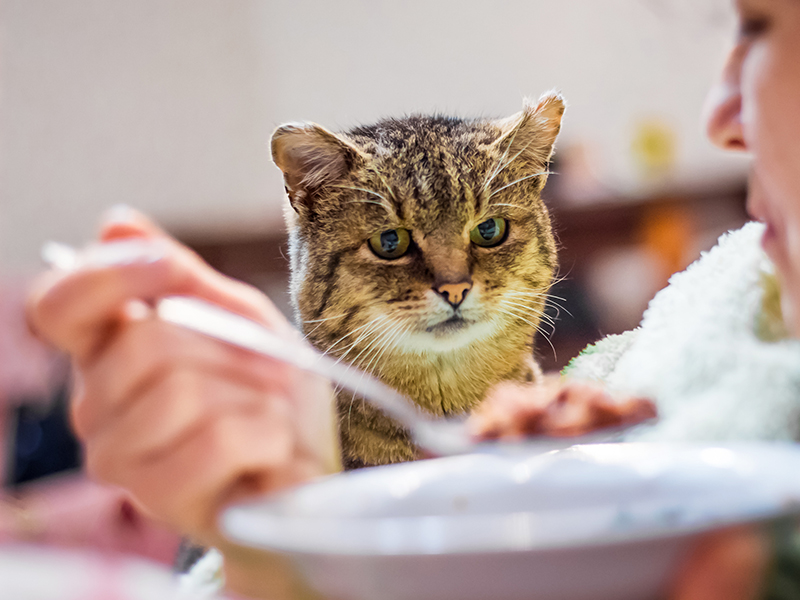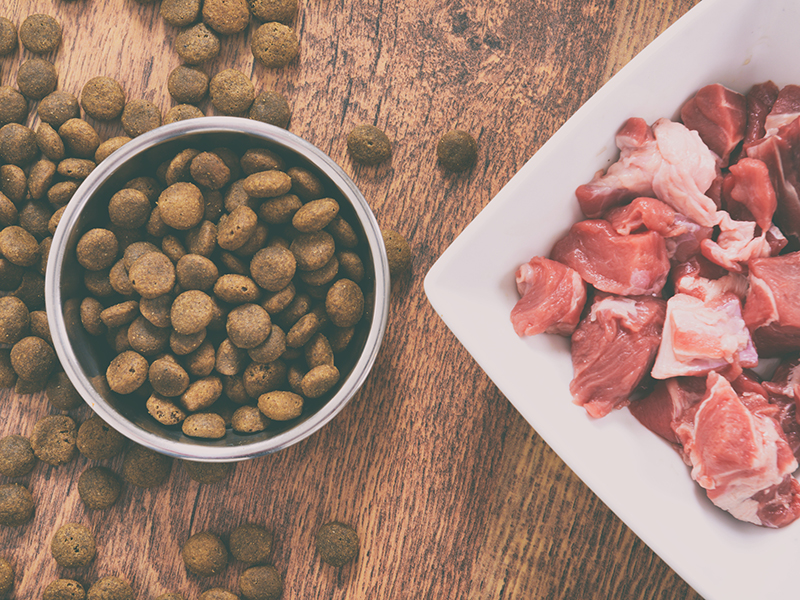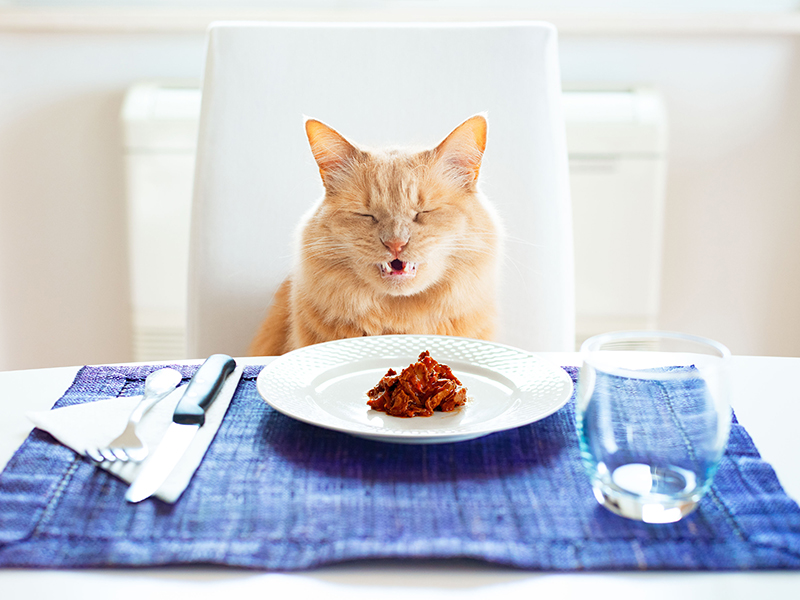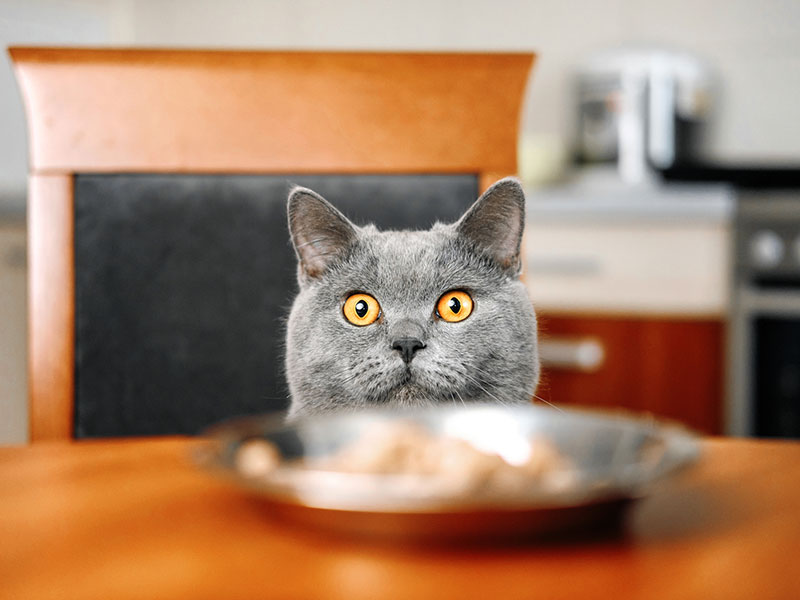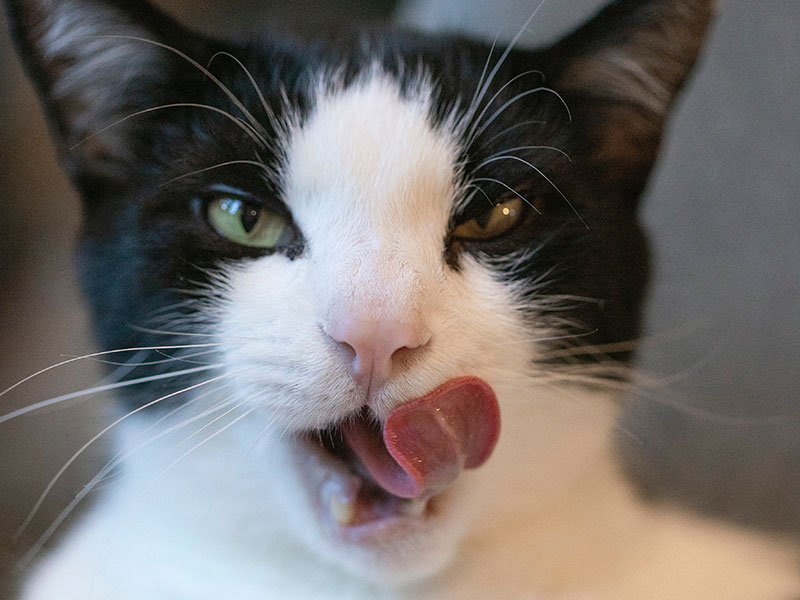Dry cat food gets a lot of bad press, yet dry products still regularly rank among the best selling cat foods in the US. So what’s with all the mixed messages?
How popular are dried cat foods?
Even though owners are becoming increasingly interested in natural and organic cat food alternatives, industry consultant IBIS World confirms that dry cat foods remain the most popular overall products for cat owners.
When it comes to cats themselves, many moggies also love dried foods more than any other product. The saltiness, concentrated calories, and even pungent animal digest sprays applied by manufacturers make many dried brands the equivalent of kitty junk food. In other words, we can think of dried food as a high energy, high flavor, low nutrition option.
If you’re wondering exactly what ‘animal digest’ is, then be prepared to get grossed out: as Susan Thrixton writes in Truthaboutpetfood.com, animal digest is often a euphemism for slurries and rendered meat mixtures sourced from ingredients rejected for use in human food processing. This may include the carcasses of euthanized animals or those that died due to disease.
If cat foods are labeled as a specific meat flavor, i.e. chicken-flavored kibble, then the animal digest flavoring must be produced from animal tissues pertaining to the listed species. As a side note, because digest sprays are made from real animal products, they allow manufacturers to make ‘no artificial flavor’ claims, even if the ingredients used seem less than savory.
What’s the difference between dried and wet cat food?
Unlike homemade or wet pet foods, dried products are created using extrusion. According to ift.org, extrusion was first co-opted by the food industry in the 1930s to make human products such as dried pasta and cereals. Twenty years later it was adopted by pet food manufacturers.
Extrusion uses a food processing machine that applies very high pressures and heat to force a wet mixture into concentrated pellets, or kibbles as they’re known in the pet industry.
Typically, extrusion machines run constantly in a production line that begins with the mixing and grinding of raw ingredients (more on what those ingredients are below). At the end of the process, those ingredients are packaged in a highly concentrated form with negligible moisture content.
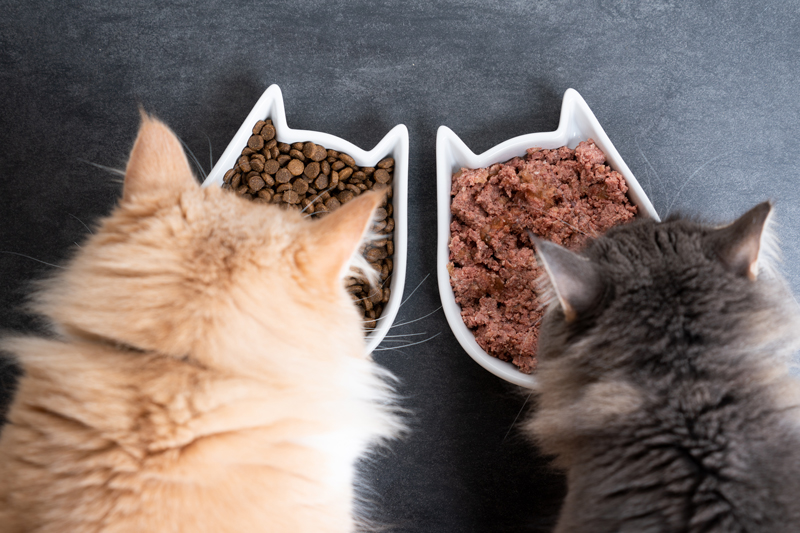
Why moisture content matters
Cats have been living with us for a long time—more than 9000 years according to some sources. Domestication occurred in the arid climates of Egypt and the middle east, and since that time, house cats have retained a number of desert-dwelling behaviors.
Among the most obvious of these personality traits is the way cats deal with water. In general, our feline friends can be pretty skeptical of still water, and will usually prefer to drink from a running source such as a dripping tap. Most cats’ favorite method of hydration, however, is to take in moisture through the food they eat.
In the wild, a typical prey animal such as a field mouse will have a moisture content of somewhere between 70 and 85 percent. Therefore, by consuming the whole prey animal, cats are able to satisfy a significant amount of their hydration needs. Hydrating by consuming (living) foods helps cats to keep away from possible waterborne contaminants, which are often more of a threat in hot climates.
Wet cat food does a pretty good job of recreating the moisture content of whole prey, with can foods tending to come in between 70 and 80 percent moisture, and pouch or tray foods at 75 and 85. When it comes to dry foods, however, production processes leave kibbles with a measly 5 to 15 percent moisture.
While this helps extend the shelf life of dry food, it leaves cats with a product that’s unfamiliar on a biological level. Having a ready supply of fresh water kept next to their food dish will help them to replace some lost liquids through hydration, but the truth is that cats only eating dry food without added moisture (by mixing or mashing kibble) are at a higher risk of dehydration-related disorders, such as kidney conditions and diabetes.
Pouch/Tray Foods
Moisture Content
Canned Foods
Moisture Content
Dry Foods
Moisture Content
Are the ingredients used in dry and wet cat food the same?
There’s a wide spectrum of quality in the ingredients used in cat foods, from edible, human-grade meat cuts, to non-specific slurries and meat meals. Unfortunately, dried foods have a reputation for using sub-par ingredients in comparison to wet foods. Once foods are extruded and concentrated, it becomes extremely difficult for consumers to get clear on exactly where and when ingredients were sourced. This gives profit-hungry manufacturers a chance to skimp on their ingredient sourcing.
Moreover, the concentrated nature of dry foods means that the nutritional content listed on product labels is not necessarily a good guide for ingredient quality. A portion of almost any dry food, regardless of recipe, will contain more protein than, say, an organic human-grade chicken breast. This is due to the large water content present in any fresh food.
Of course, there are a number of reputable dry food products out there, created by manufacturers who carefully source their ingredients and genuinely care about your cat’s health. See our review of the best dry cat foods for info on which brands should be your go-to right now.
Obesity and other health conditions
Is there any upside to dry foods?
Different cats; different needs
Conversations about dietary needs, for humans and cats, can be difficult. This is because we’re attempting to make nutritional recommendations that apply generally, while nutritional needs and specific and individual. The foods that work for you are unlikely to work in exactly the same way for others, and likewise, cats have their own personalities and range of mealtime requirements.
For this reason, you’re always likely to find conflicting anecdotal stories for every nutritional claim made about our pets. And it’s true—there are many cats out there who will eat dry food for their entire lives and be perfectly healthy and happy. The takeaway? Owners are best-placed to assess their cat’s needs. While vets should always be the first point of call for any health issues, you should also feel confident in judging how your cat reacts to different foods-types.
Furthermore, feral cats and those who hunt for their dinner are not immune to many of the dental and kidney conditions associated with a dry food diet, so dried products can’t always be considered the culprit!

